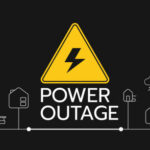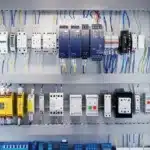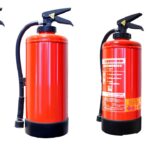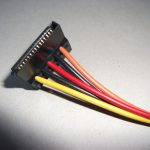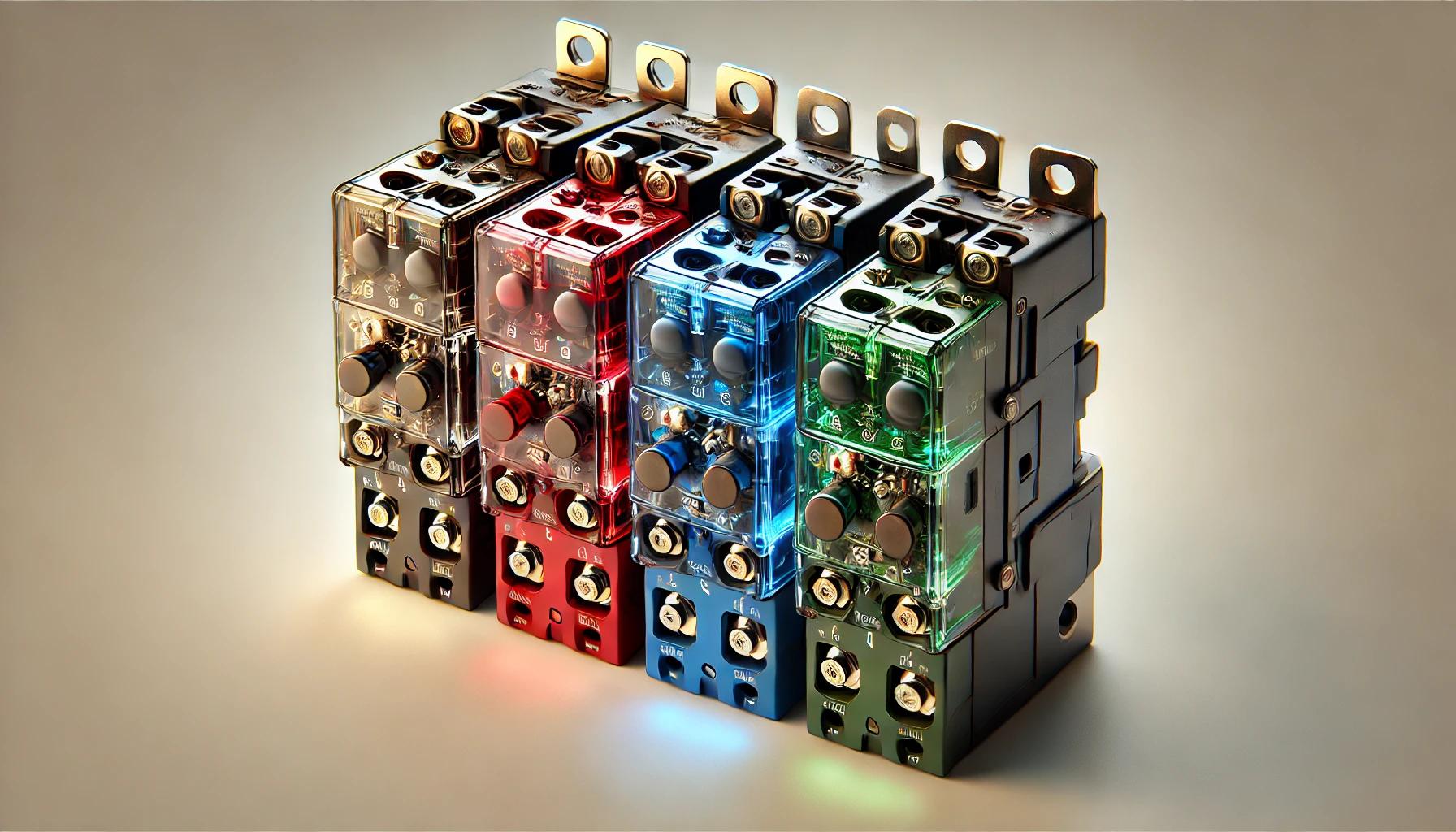
Introduction
Earth leakage can lead to significant consequences in both old and new installations. Similarly, unsafe electrical systems can cause accidents, fires, and fatalities, making consistent monitoring essential. Earth leakage relays (ELRs) serve as a frontline defense, quickly isolating faults and preventing harm in various settings, such as hospitals, chemical plants, and public buildings. This brief guide covers different aspects of ELRs’ robust safety, exploring their significance, how they work, common types, installation, and tips to enhance their safety potential.
What are Earth Leakage Relays? A Brief Introduction
Earth leakage relays are a type of earth leakage circuit breaker, and high-performance specialised electrical devices designed to detect and respond to earth faults by interrupting the power supply. Moreover, these safety devices are essential for ensuring electrical safety by preventing shock hazards, fire risks, and equipment damage. When current leaks from the system to the ground. It can cause dangerous conditions such as electrical shocks or fire hazards. ELRs monitor these leakage currents and trigger an alarm or disconnect the supply if the leakage exceeds a preset threshold.
Understanding the Operational Principle of Earth Leakage Relays
ELRs work on the principle of differential current measurement. They are connected to a Current Transformer (CT) that surrounds the live and neutral conductors. Under normal conditions, the current flowing through the live conductor equals the current returning through the neutral conductor, resulting in no differential current. However, if an earth fault occurs, a part of the current leaks through the earth, causing a difference in the current levels. The relay detects this difference and activates a tripping mechanism to isolate the faulty circuit.
The Importance of Earth Leakage Relays in Electrical Safety
The fundamental function of an earth leakage relay is to provide robust safety–protect individuals from electrical shocks. It detects the leakage current and disconnects the power supply, thereby preventing electric shocks. Moreover, these safety devices are significant in mitigating fire hazards by detecting even the smallest leakages. Additionally, the significance of ELRs lies in their ultimate equipment protection and reduction of maintenance costs.
Most Common Types of Earth Leakage Relays Explained
ELRs come in various types, each with specific characteristics and applications. Some of the standard earth leakage relay types include:
- AC ELRs – These are the most common types of ELRs designed for use in alternating current (AC) circuits.
- DC ELRs – These are used in DC circuits, including those found in solar power systems and battery-powered equipment.
- Digital Relays – Digital ELRs use advanced electronics and microprocessors to provide precise measurements and additional features such as communication capabilities and programmable settings.
- Residual Current Devices (RCDs) – These are highly sensitive relays designed to detect even small leakage currents. They are staple components in residential and commercial applications.
- Residual Current Circuit Breakers with Overcurrent Protection (RCBOs) – RCBOs provide comprehensive safety by combining earth leakage protection with overcurrent protection in a single device.
- Programmable Earth Leakage Relays – These advanced relays allow setting different sensitivity levels and response times, which are useful in industrial settings with varying electrical load conditions.
Installation of Earth Leakage Relays: Where to Install Them?
Proper installation of an earth leakage relay is essential for ensuring its effectiveness. To maximise their safety efficiency, ELRs should be installed by a qualified electrician according to local regulations and the manufacturer’s guidelines. However, they should be installed in locations where electrical leakage is most likely to occur. This includes near-sensitive equipment like computers and appliances, in areas with high humidity (like bathrooms and kitchens), and at outdoor outlets. By strategically placing ELRs, you can significantly reduce electrical accidents and ensure your home or workplace’s safety.
Tips to Maximise the Efficiency of Earth Leakage Relays
The operational efficiency of ELRs can be enhanced by considering the following tips:
- Regular Inspection: Regularly conduct routine checks for signs of damage, corrosion, or loose connections.
- Proper Calibration: Periodic calibration guarantees accurate tripping thresholds.
- Sensitivity Settings: Set the relay’s sensitivity to match the specific requirements of your electrical system.
- Grounding System: A robust grounding system is essential for effective earth leakage protection.
- Environmental Factors: Environmental conditions, such as temperature and humidity, that might affect the relay’s operation must be considered.
- Professional Installation: Ensure proper installation by qualified technicians to avoid errors and maximise safety.
Bottom Lines: Investing in Quality Relays for Enhanced Electrical Safety
Earth leakage relays are a cornerstone of robust electrical safety, offering essential protection against electrical faults that could otherwise lead to serious accidents, equipment damage, or fire. Whether for industrial, commercial, or residential use, investing in high-quality ELRs can ensure robust safety for individuals and equipment by responding to earth faults quickly.











